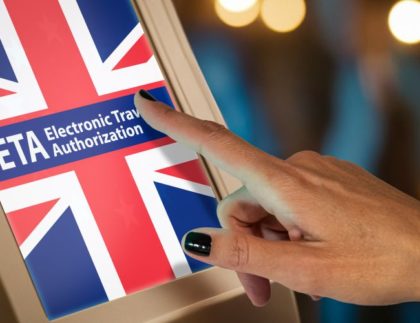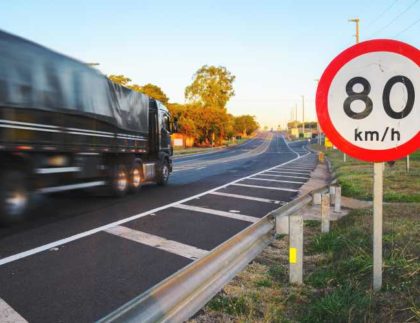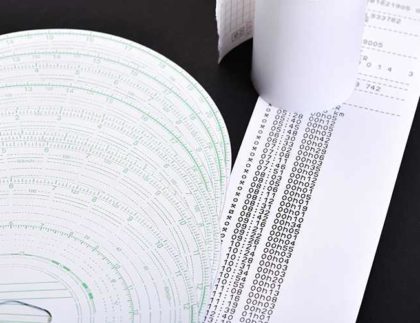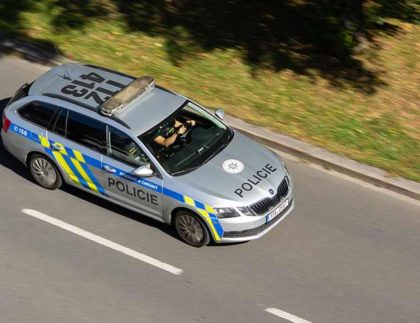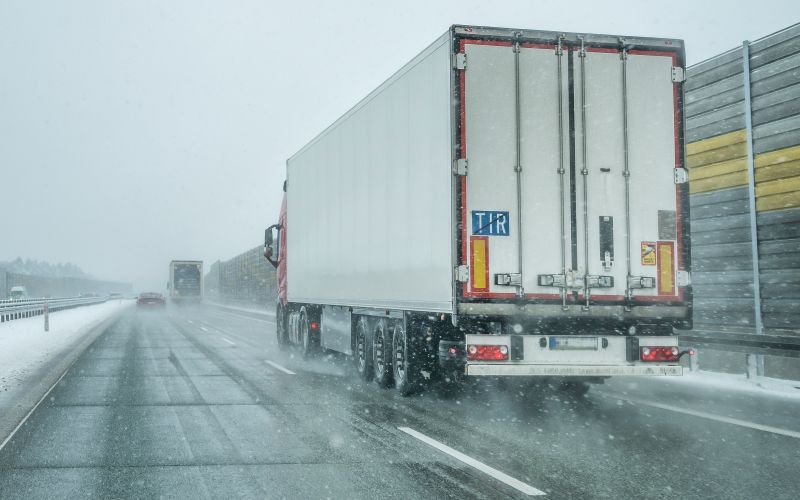
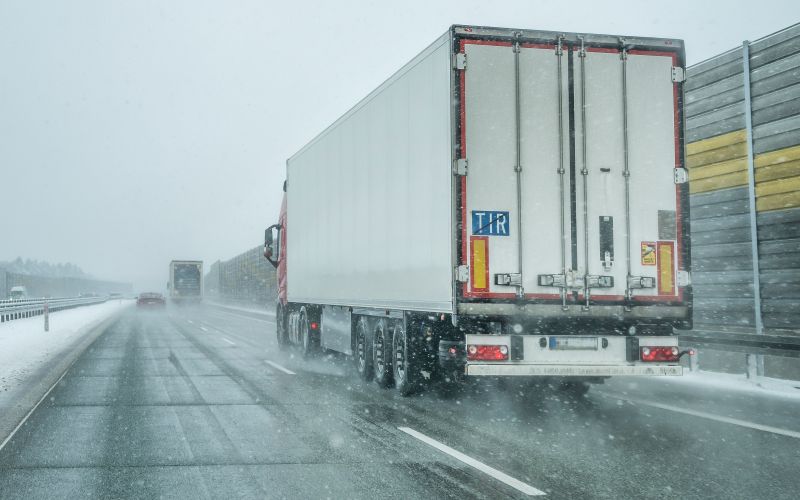
Are you aware that plans are underway to launch a digital European driver’s license in the near future? Under the newly implemented system, a driving ban imposed by one member state will now be enforced across all EU countries. Now is the perfect moment to delve deeper into the evolving regulations across Europe. In this article, we’ll take a look at the intricacies of traffic regulations in the Netherlands – read on to discover more!
What are the penalties for speeding in a built-up area?
Similar to other countries, the Netherlands employs a penalty system grounded in the principle of proportionality, where fines are determined by the severity of the offense and the degree of danger posed by the driver.
Exceeding the speed limit by over 30 km/h in urban areas or by more than 40 km/h on highways transcends administrative penalties and leads to criminal prosecution. Should a driver exceeds the speed limit by 31 to 49 km/h on two occasions within a two-year span, they will be banned from driving for two months.
Speeding fines in built-up areas:
- 5 km/h: EUR 43;
- 10 km/h: EUR 90;
- 15 km/h: EUR 169;
- 20 km/h: EUR 240;
- 25 km/h: EUR 325;
- 30 km/h: EUR 421;
- Over 30 km/h: criminal prosecution.
The amount of fines changes in particularly sensitive areas, such as zones with a 30 km/h speed limit or locations undergoing road construction.
What are the penalties for speeding in non-built-up areas?
Fines for violations outside built-up areas:
- 5 km/h: EUR 39;
- 10 km/h: EUR 84;
- 15 km/h: EUR 162;
- 20 km/h: EUR 230;
- 25 km/h: EUR 308;
- 30 km/h: EUR 401;
- Over 30 km/h: criminal prosecution.
What are the penalties for speeding on highways?
Highway fines:
- 5 km/h: EUR 32;
- 10 km/h: EUR 79;
- 15 km/h: EUR 150;
- 20 km/h: EUR 216;
- 25 km/h: EUR 287;
- 30 km/h: EUR 368;
- 35 km/h: EUR 495;
- Over 40 km/h: criminal prosecution.
What are the driving regulations in the Netherlands?
In the Netherlands, traffic regulations dictate a maximum speed limit in a built-up area at 50 km/h. Conversely, the allowable speed outside these built-up areas is:
- 130 km/h – on highways;
- 100 km/h – on expressways;
- 80 km/h – on other roads.
Nevertheless, it is crucial to remain vigilant, as the maximum permissible speed is clearly indicated on signs positioned along and above the roadway, adapting to the prevailing road conditions.
Throughout the day (from 6:00 to 19:00), the maximum speed limit on Dutch highways is set at 100 km/h, with the exception of roads where the limit is 80 km/h. During the evening and night hours (from 19:00 to 6:00) the maximum speed limit on many highways may rise to 120 or even 130 km/h.
Are seat belts mandatory?
Indeed, wearing a seat belt is mandatory in the Netherlands, and any violations of this regulation incur a fine of EUR 190.
Is it mandatory to drive with your lights on at all times?
Motorists must employ dipped headlights both at night and during daytime when visibility is significantly compromised. Combination trailers are required to be equipped tail lights, license plate lights, and side lights, designed to meet the applicable technical standards. These lights should be illuminated at night and during the day when visibility is compromised. During severe weather conditions, like heavy rain or snow, the use of front fog lights is allowed to enhance road safety.
What are the penalties for failure to present the driving license upon request?
Neglecting to present the correct driving license documents for the specific vehicle category could incur a fine of EUR 110. In specific instances, this penalty may be higher, contingent upon the circumstances assessed by law enforcement or the prosecutor’s office. Among various considerations, the ultimate penalty may be shaped by the individual’s record of past traffic violations or crimes.
What are the consequences of exceeding the designated parking time limit?
Only vehicles displaying a prominently visible parking shield, positioned behind the windshield, are permitted to park in the zones delineated by a blue line. Arrival times can be rounded up by half an hour or to the nearest full hour. There is an EUR 120 fine for exceeding the parking time limit.
What are the penalties for using a mobile phone without hands-free set?
Similar to regulations in other countries, the Netherlands enforces a prohibition on using a cell phone while driving unless equipped with a hands-free kit. Motorists found guilty of this violation are subject to stringent penalties, with the current fine set at EUR 430.
What are the fines for running a red light?
When an induction loop is used for monitoring purposes, the permissible delay time is capped at a maximum of one second from the moment the red light is activated and both loops are traversed. A penalty of EUR 310 will be imposed if this time is exceeded. Halting a vehicle beyond the designated stop line incurs a fine of EUR 120.
What are the consequences of committing major traffic violations in the Netherlands?
In the Netherlands, major traffic violations, such as excessive speeding or driving under the influence of alcohol or drugs, lead to stringent repercussions. In cases where a driver has committed serious offenses, the judge may impose a fine, enforce a driving ban, or mandate a specified number of hours of community service. Additionally, they have the flexibility to implement any combination of the aforementioned sanctions. Moreover, even confiscation of the vehicle is possible.
In certain circumstances, particularly when a collision or accident occurs, the driver is mandatorily enrolled in an educational course. Failure to complete the course or pass the test will lead to the revocation of your driving license.
What recent advancements have been made in Dutch traffic regulations and fines?
In the Netherlands, traffic fines are adjusted annually. The rates established by the Traffic Penalty Enforcement Act (Wahv) are periodically adjusted to reflect inflation. The adjustment is based on the consumer price index, meticulously calculated on a year-on-year basis each June. Consequently, the fines are increasing in proportion to the overall price increase. The most recent version of the proposed changes is available here.


